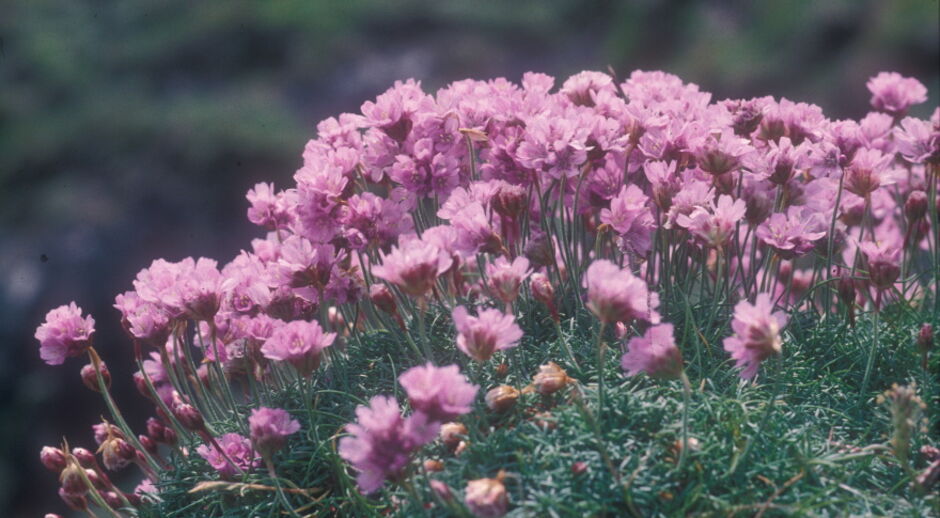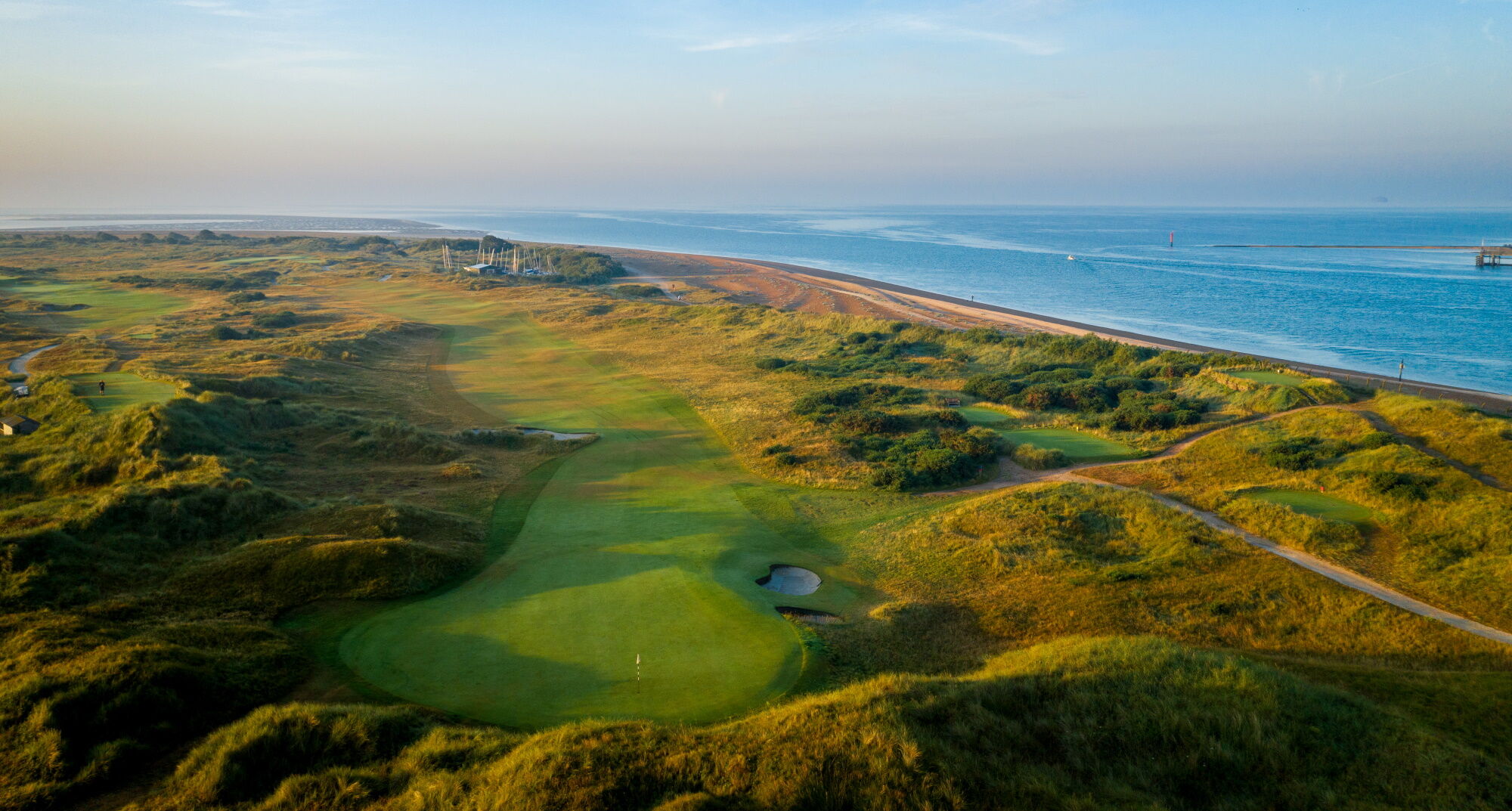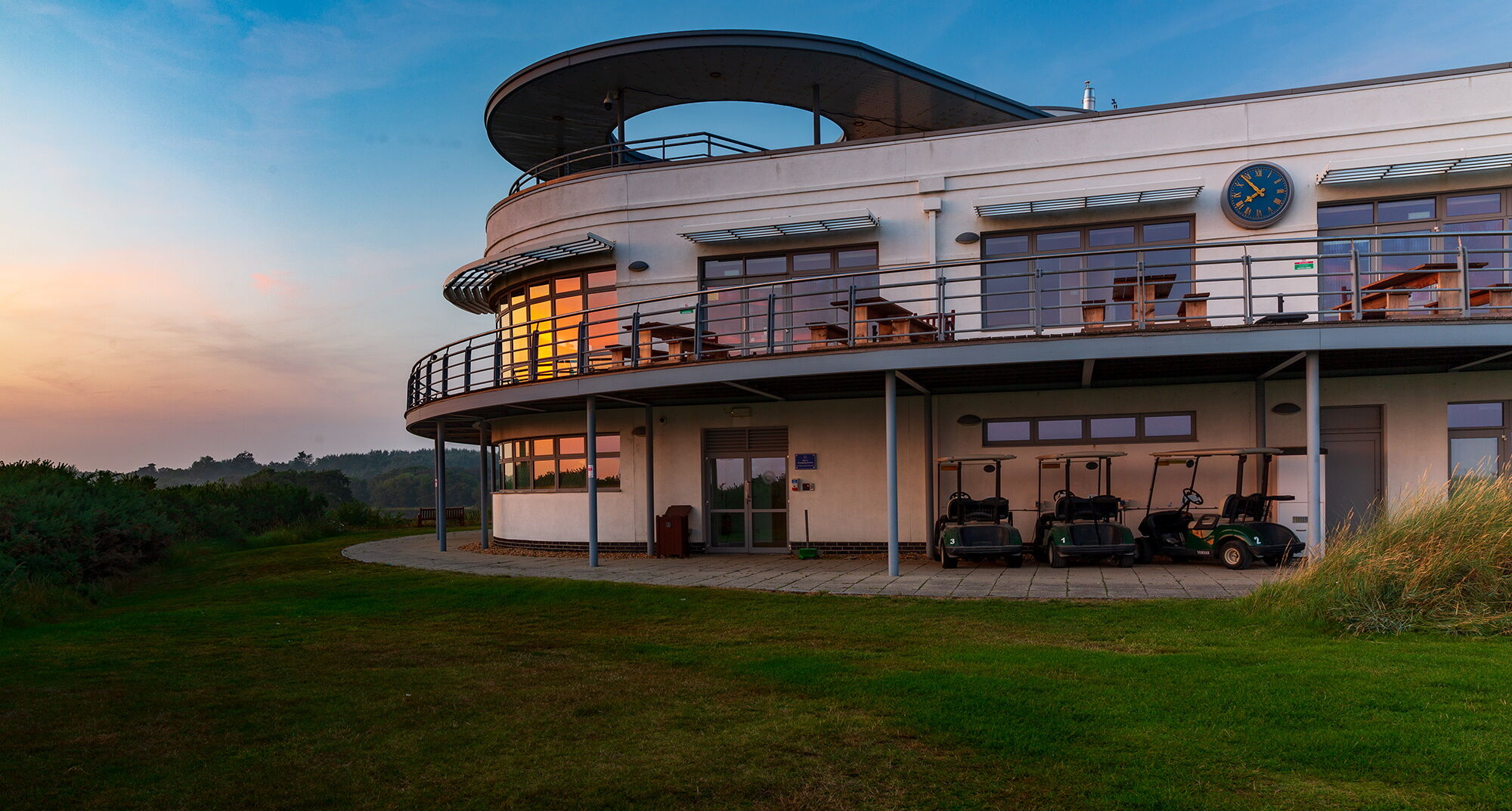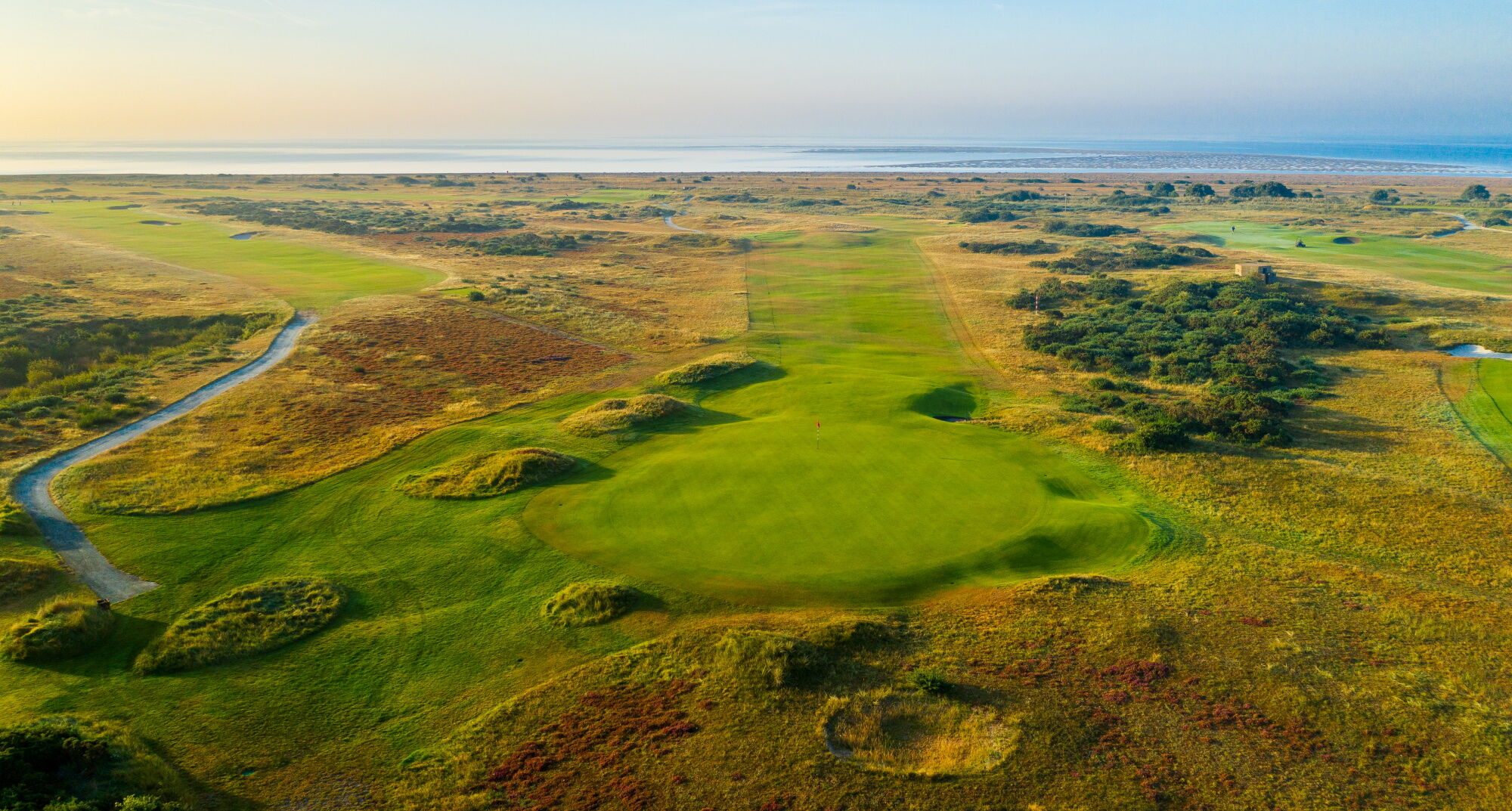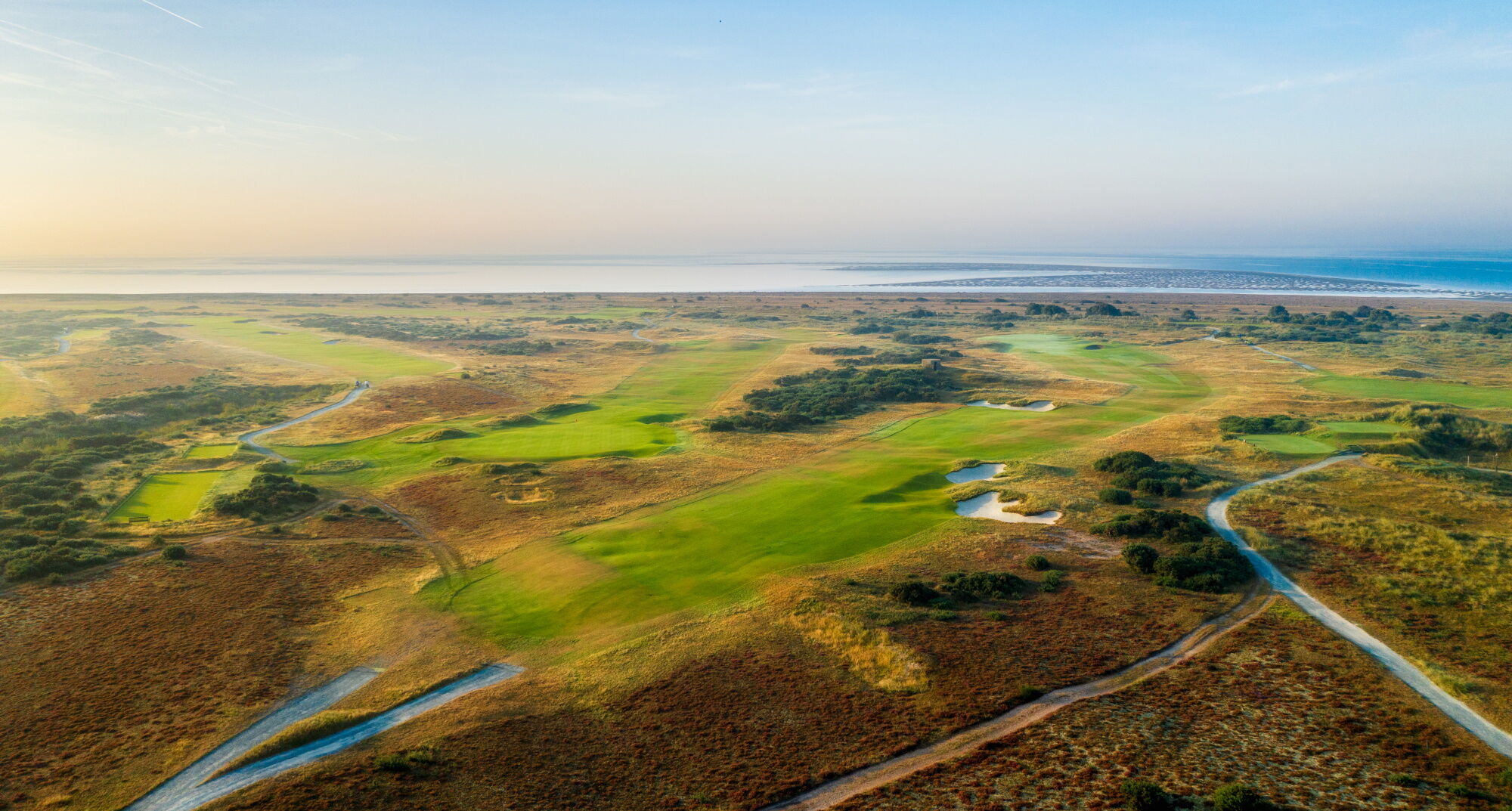Flora & Fauna
The iconic golf writer, Bernard Darwin, writing in the 1930's wrote that Hayling "...possesses some of the finest natural seaside country to be found anywhere".
Besides being perfect for a golf course, the same natural seaside site provides a wealth of wildlife, particularly birds, insects and plants. Hayling Golf Club as a SSSI is conscious of its responsibility both to the golfer and the wildlife and is working towards preservation of the course's natural world consistent with maintaining the very highest standard of the golf links.
The Hayling links form part of the Sinah Common SSSI (Site of Special Scientific Interest) and the course is sympathetically managed, in an agreement with Natural England, to take into account the needs of the golfer and the biodiversity found there. Part of the reason for the creation of the SSSI is the profusion of different grasses and while the specialist will be interested in them there is plenty more for the not-so-specialised.
Below are some details of the changing seasoins on Hayling. Review each month to see the nature of our environment throughout the year.

January & February
January is a quiet month on the course itself. Food is scarce and the supply of seeds is pretty well exhausted. This does however mean that species such as the Dartford warbler, which would normally be very secretive, have to range more widely to stay alive. Sometimes a short eared owl will come in and stay for a while and maybe a barn owl.
In the sea and on the mudflats around us the situation is different.
The harbour entrance often has auks; mainly guillemot and razorbill while a great northern or other diver is not uncommon. The harbour is still full of waders and merganser, great crested grebe, goldeneye are frequent and of course the brent geese are abundant.
An occasional goosander is likely to join pochard, shoveler and tufted duck on the lake where great crested grebe, little grebe and cormorant are common. There is at least one kingfisher wintering here.
Kestrel or sparrowhawk are daily visitors to Hayling throughout the year, but the winter months may well produce a merlin and peregrine is not uncommon.

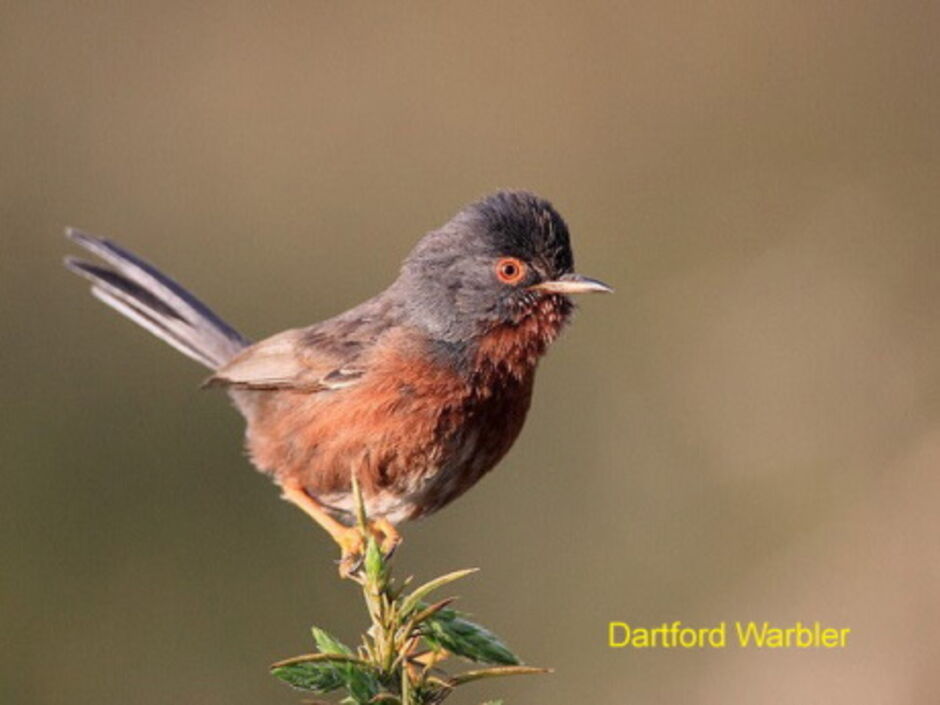
March
Hayling is a first landfall for many of our summer migrants and towards the end of March, we can expect to see wheatear, sand martin, swallow and willow warbler. Most of these will simply stay for a few hours to replenish their energy on their way to their breeding grounds.
March also sees the return of the terns, the first of which is the sandwich tern, ready to start their breeding on the islands in the north of Langstone Harbour. The common terns and little terns usually follow a bit later.
There are still waders in the harbours until the end of the month, but many of them will have left or be about to leave by then. The end of March has seen the departure, to their breeding grounds in Siberia, of the majority of the brent geese wintering in Langstone Harbour. A few will linger and indeed a very few will spend the whole summer in the area.
Our own breeding species start to resume their habitat in March. Resident skylarks will start to sing while those that have been winter visitors will begin to leave as will the over wintering meadow pipits and stonechats.
.jpg)
April
What had been a trickle of summer migrants in March now begins to be a flood. Most of them will stop only too briefly and indeed, if the weather is fine and the wind helpful, they will pass straight over us. It would however be unusual if the vigilant observer did not see redstart, pied and spotted flycatcher, blackcap, various warblers and maybe a yellow wagtail among other species.
The Dartford warbler will be singing this month and towards the end of the month we see whitethroat and lesser whitethroat both of which breed on the course. By now the linnets are much more abundant, the gorse and other vegetation is providing shelter for other common residents such as the blackbird, robin, wren and dunnock and the stonechats are at their nest sites.
From April onwards the flowers become more and more evident adding colour to the course. Thrift adds great carpets of pink to many parts of the course and its immediate surroundings. Yellow rattle adds its own colour and the benign Hayling Island climate often encourages other flowers to bloom earlier than they might elsewhere and so we see vipers bugloss, biting stonecrop and even the beginnings of English stonecrop. Common storksbill seems to be always present and occasionally there are still places where the rare little robin can be found.


May
May is the month for breeding, blooms and butterflies. Our resident birds are now fully ensconced and engaged in the very serious business of raising the next generation and by the end of the month, some of those young will be about to fledge.
May is also the time of the green winged orchid, which makes a striking picture where it has colonised both the foreshore and parts of the course itself in considerable profusion.
This month we begin to see more of the butterflies. The grassland species are abundant; grayling, small heath and meadow brown. Both the common and holly blue will be seen as can the delicate and delightful small copper.
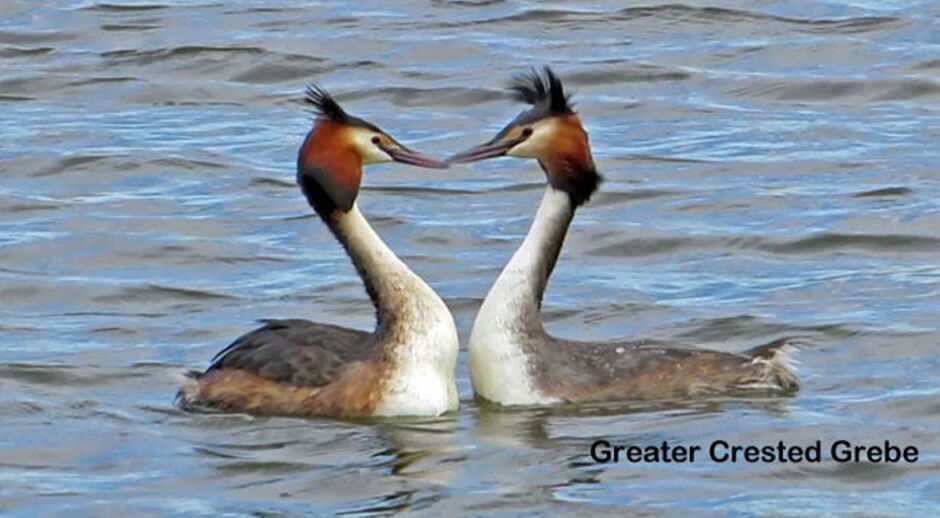
June
By the end of June, most birds will have finished their breeding, at least their first broods, and there will be all sorts of unfamiliar plumages on the young of quite common species. The observant watcher may be fortunate to see anxious shelduck parents shepherding their small ducklings to water from their nest, probably in an old rabbit hole.
Young black headed gulls are in evidence and perhaps the young from their similar, but clearly distinguishable, mediterranean gull. The latter gull, rather like the little egret, is a fairly recent colonist of the area and is now quite common over and around the course. Young terns also begin to appear.
The young birds benefit from the profusion of insects at this time of the year. The grassland is alive with a variety of crickets and grasshoppers and the small gatekeeper butterfly appears in great profusion along with other butterflies and some moths.
June also sees the best of the southern marsh orchid, a comparatively rare species standing resplendent in the damp cuttings.


July
In July, the comings and goings of April and May begin to be reversed. With the sheer physical effort of breeding over, the summer migrants must first recover their strength, renew their feathers and get ready for the long haul back to their summer lodgings.
On their journey home, the birds tend to stay for a bit longer on the course than in the spring. It is important for them to feed well before they attempt the hazardous journey and they will seek to increase their bodyweight as much as possible before they leave; a form of avian carboloading.
The course is still enhanced by our wild flowers and the yellow horned poppy is in evidence. Flowers of course mean butterflies and we begin to see second or even third broods of some of the more common species.
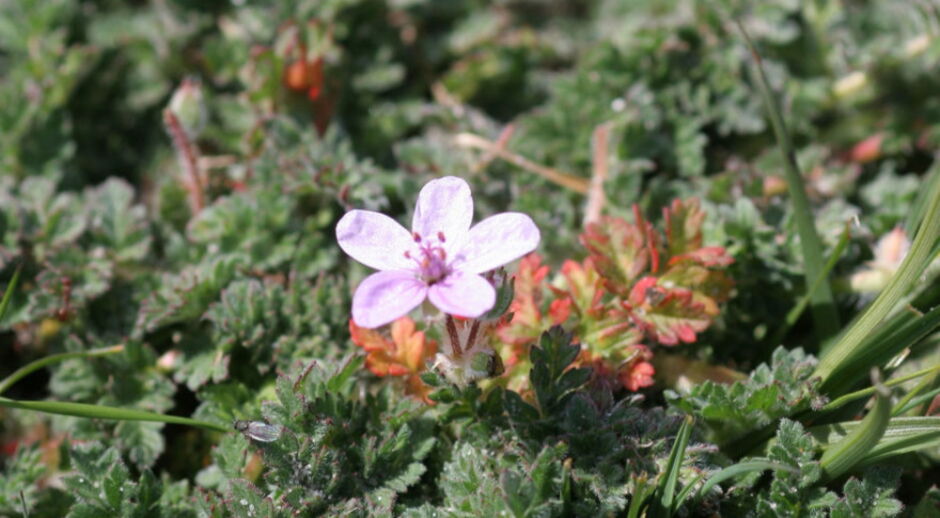
August
The trickle of migrants, started in July, becomes a steady stream towards the end of August as we begin to see more and more of the small perching birds passing through. Because they stay longer there is a better opportunity to observe them than in the spring. Amongst these birds of passage, one may expect to see redstart, both pied and spotted flycatchers, whinchat, a close relative of our native stonechat, willow warbler and yellow wagtail. Wheatear are common.
In the harbour too we begin to see our winter migrants returning and to admire how some of them, for example turnstone and grey plover, look far more dashing in their summer plumage.
Our resident linnets seem to leave us by now although some of them can be seen in the large flocks of, mainly, greenfinch seen feeding on the seeds on the foreshore just over our boundary fence.
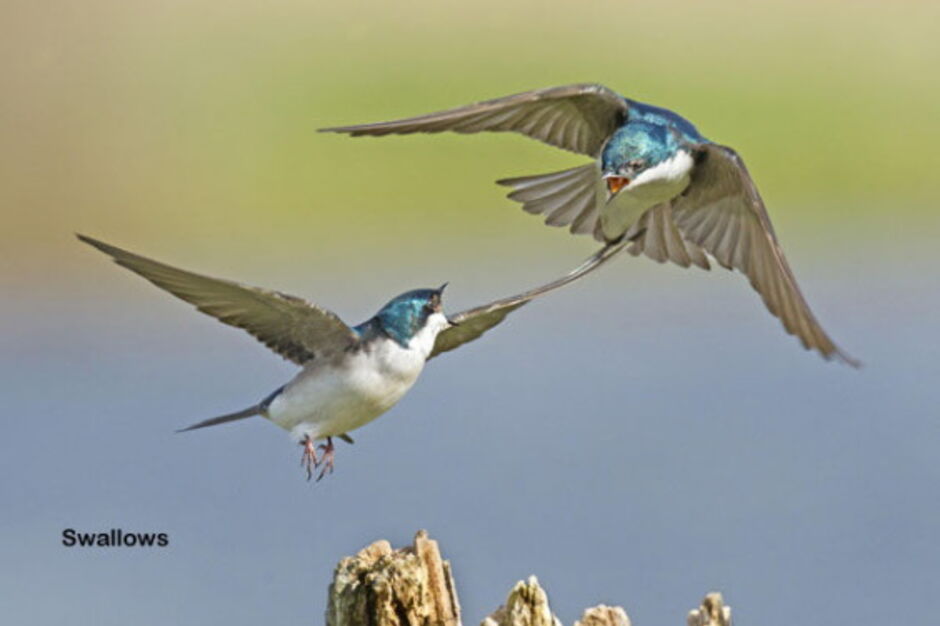
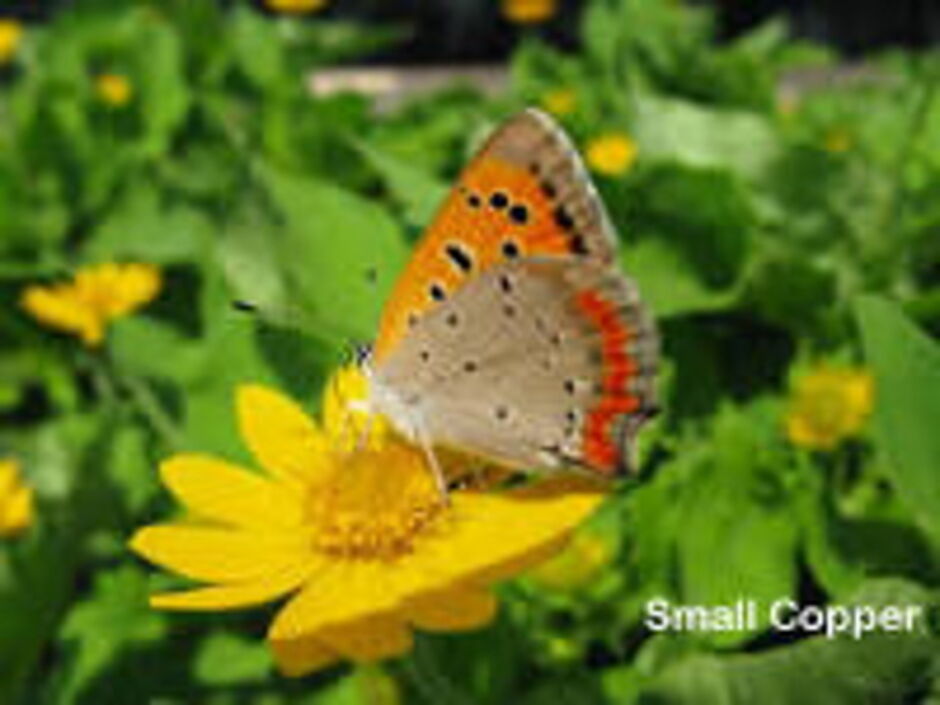
September
September is the time for the annual fly past of swallows and house martins as hundreds of thousands of them fly over en route to Africa. However by the end of September, most migrants have passed through although many stragglers will appear in October. It is unusual for there not to be an osprey in Langstone harbour for a large part of this month and some will stay for a week or more. More and more of our winter waders also appear and in the Kench at the western end of the course, the vigilant observer will often be able to see one of the more unusual passage waders such as a little stint or a spotted redshank and perhaps a black tern.
On the other side of the course, it is a time for sea watching as skuas, gannets, shearwaters and others pass through the Solent. A gale in the English Channel can turn up almost anything.
The end of the month sees the return of some of the brent geese and, among birders, there is always a careful examination to see how successful the breeding season has been in Siberia.
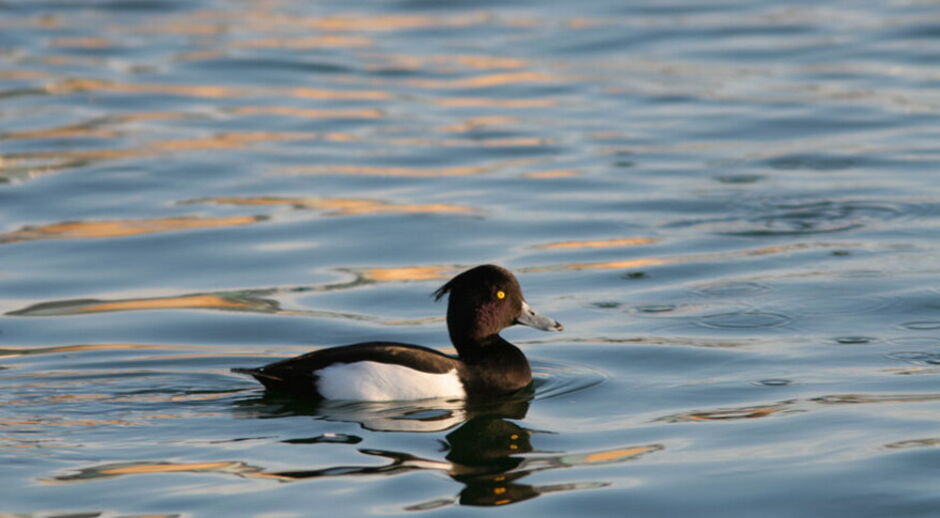
October
By the end of October most of our waders are here and Langstone Harbour along with its neighbours, Chichester and Portsmouth Harbours, provides internationally important sites for several species of waders and nationally important ones for others.
The harbours are also home in winter to several species of duck especially goldeneye and red breasted merganser. A small group of black necked grebe has also overwintered here and can sometimes be seen just off the Kench.
On the lake, tufted duck are present most months but their numbers increase in winter when they are joined by a few pochard and shoveler. A little grebe and great crested grebes are also usually to be seen.
Autumn is also the time of the fungus and the differing habitats of the course produce a variety of species.

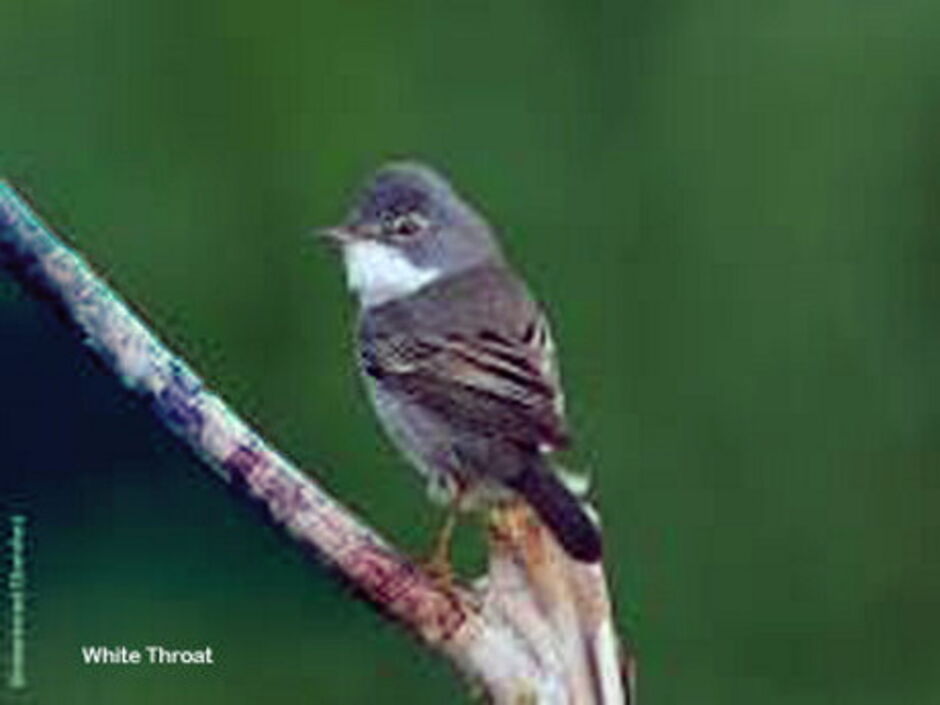
November & December
By November, the harbour is pretty well full of waders. Knot and bar tailed godwit have been added to the other species and there are tens of thousand of waders now on the mudflats as well as several thousand brent geese.
